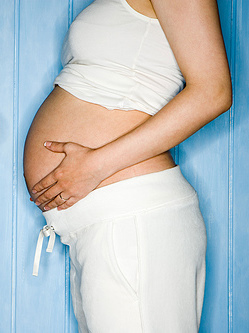
Life history theory predicts trade-offs between reproductive effort and maternal survivorship in energy-restricted environments. However, empirical evidence for the positive association between maternal mortality and reproductive effort from energetically challenged human populations are mixed and physiological mechanisms that may underlie this association are poorly understood. We hypothesized that increases in aerobic metabolism during repeated periods of pregnancy and lactation result in increased oxidative stress that may contribute to somatic deterioration, vulnerability to illness, and accelerated aging. We therefore predicted that lifetime gravidity and parity would be related to levels of biomarkers of oxidative stress, as well as antioxidative defence enzymes in post-menopausal women. Our hypothesis was supported by positive linear associations between levels of 8-OHdG, a biomarker of DNA oxidative damage (β = 0.21, p<0.05), levels of antioxidative defence enzyme Cu-Zn SOD (β = 0.25, p<0.05), and number of lifetime pregnancies. Furthermore, independent of age and health status, post-menopausal women with higher gravidity and parity (> = 4 pregnancies per lifetime) had 20% higher levels of 8-OHdG and 60% higher levels of Cu-Zn SOD compared to women with lower gravidity and parity (<4 pregnancies per lifetime). Our results present the first evidence for oxidative stress as a possible cost of reproductive effort in humans.
Access the full paper on PLoS ONE by clicking here.